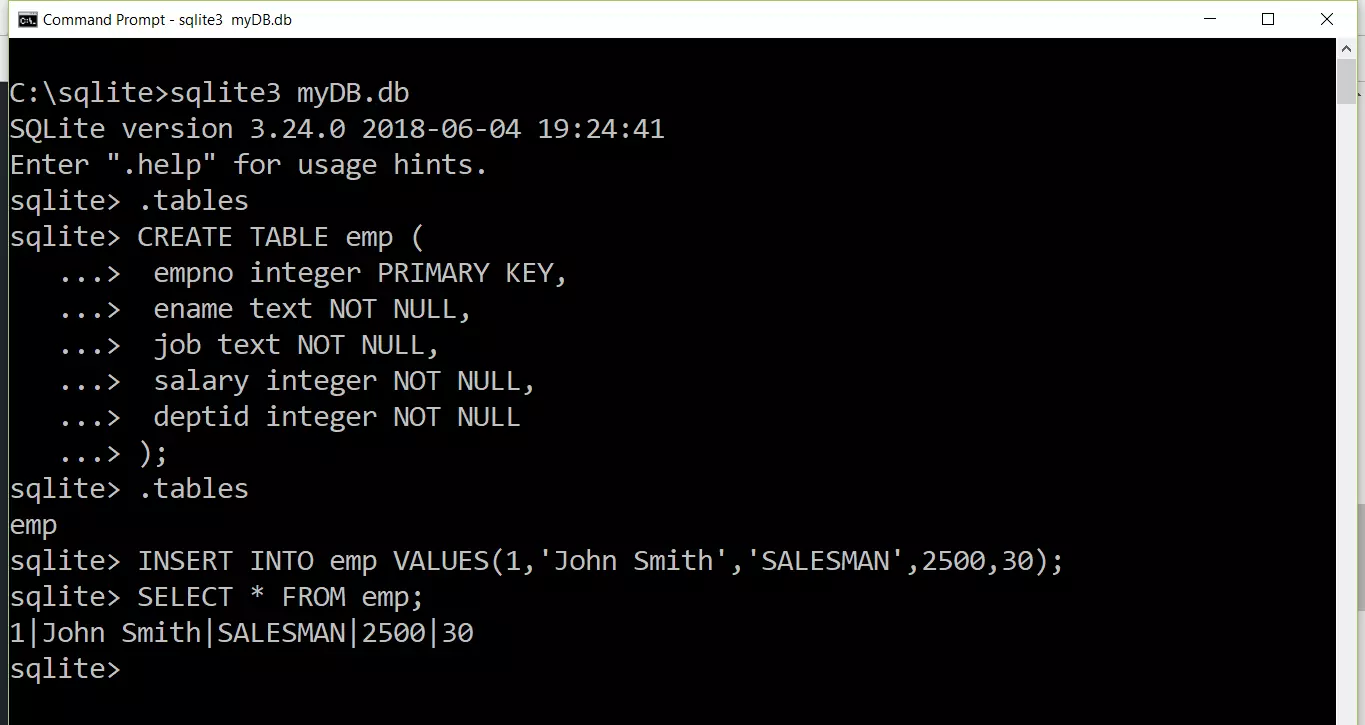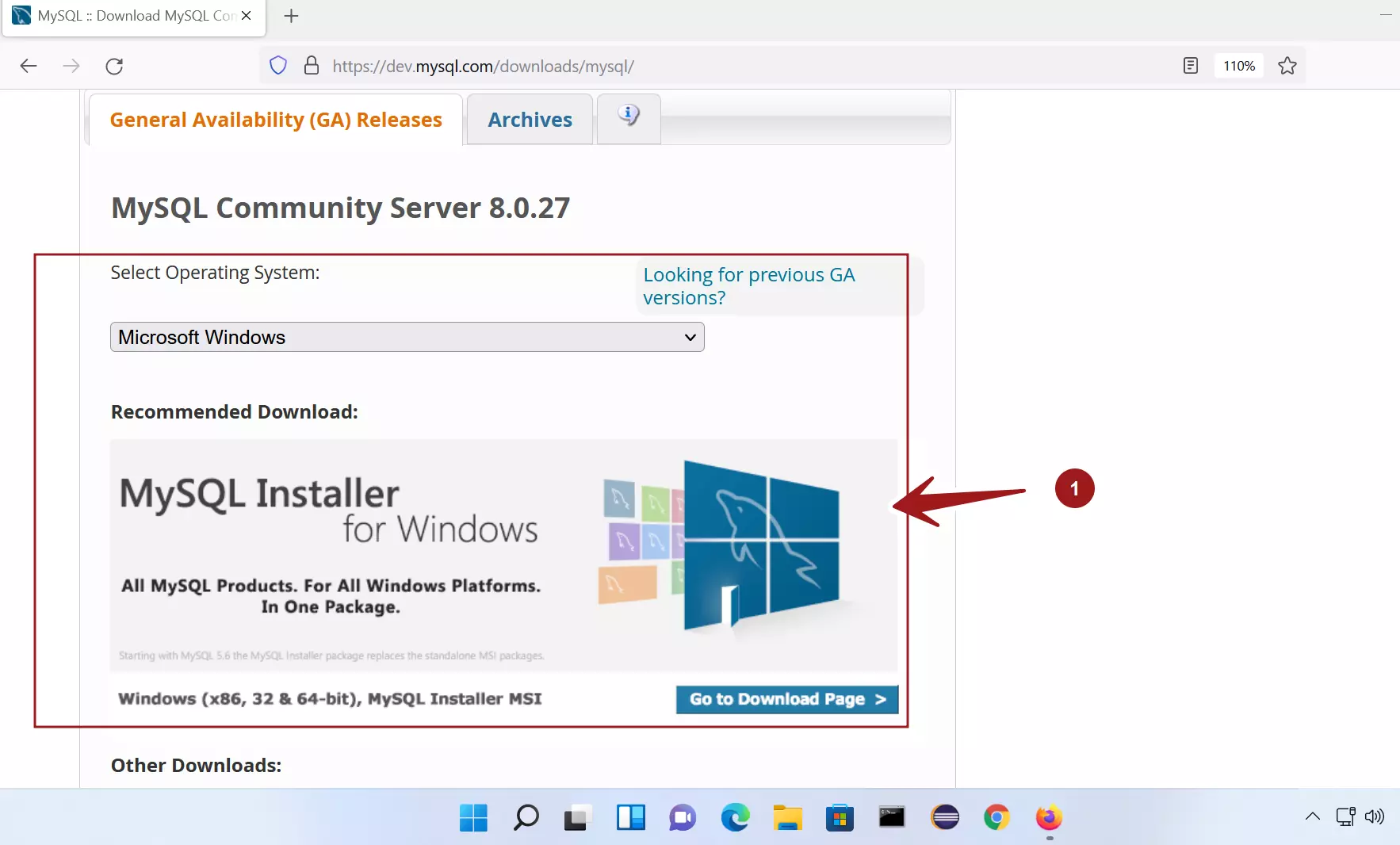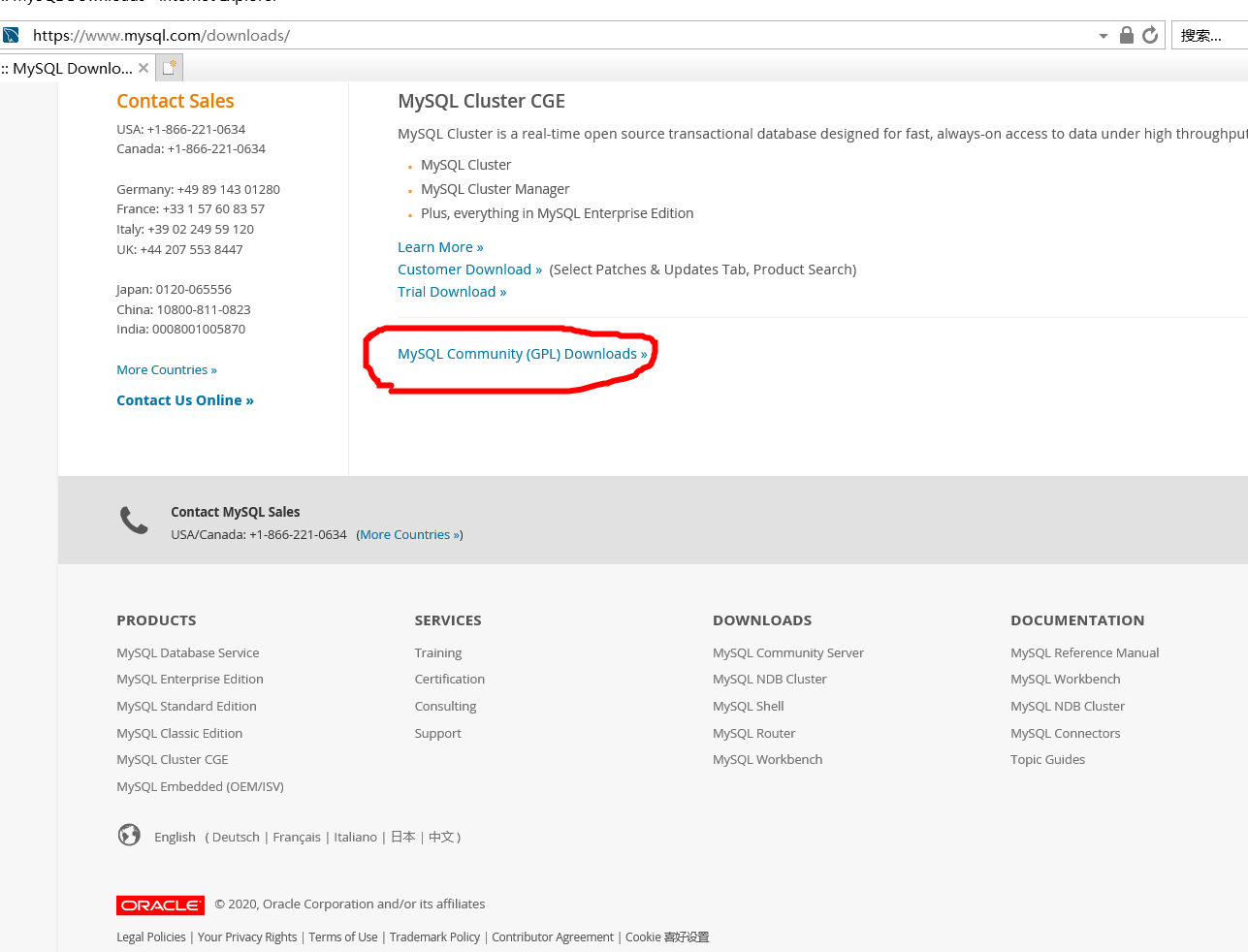
Here again, setting the correct permissions on the socket directory is very important, otherwise MySQL would not run.Ĭopy or move the untarred MySQL directory to the installation directory You can skip this step if you had MySQL previously installed on your system. Making sure that we have the proper users and groups PATH="/usr/local/sbin:/usr/local/bin:/usr/sbin:/usr/bin:/sbin:/bin:/usr/games:/usr/local/mysql/bin" The point here is to add the /usr/local/mysql/bin to the paths. Your environment file may look different than this. $ tar xzvf mysql-5.5.Īdd the path to MySQL bin directory to the PATH variable This is so that we can take advantage of the asynchronous I/O capability in the new InnoDB plugin that ships with MySQL 5.5

FYI, this download from server to server took me about thirty minutes. I was able to finally locate the proper installation package from this helpful directory:. Download the binaryįor the purposes of this tutorial I’ll be using the latest MySQL version, 5.5.11. I apologize but I probably willn’t be able to provide support to help you with all of the problems that you guys will most likely run into. If you run into any problems, go ahead and post the problem in the comments along with any solution that you find. I’m using Ubuntu 9.04 (Jaunty Jackalope) and installing MySQL 5.5.11.


If you haven’t backed up your system yet, then head back to step one: Backing up MySQLĪlright, this second step assumes that you have a server thats not running MySQL.


 0 kommentar(er)
0 kommentar(er)
